This is the Mavic 3 Pro and this is the new DJI Air 3S. Let’s test and compare to see which one of these might be the right drone for you. Just to be clear, DJI hasn’t sent me any of these drones – I bought and paid full price for both of them because I use the Mavic 3 Pro extensively in my work. The Air 3 is a drone that I’ve taken with me a lot when I do backpacking, hiking, and stuff like that, so I wanted to see if the Air 3S can replace the Air 3 or if it’s worth the upgrade.
Image Quality Comparison
When it comes to image quality, it was actually a lot harder to compare these two drones than I thought it would be. They both have a 24mm wide-angle camera and a 70mm telephoto camera. The Mavic 3 has that additional 162mm very long angle lens which gives you some really creative shots. The quality is decent – it’s not great in low light, it’s terrible in low light, but in broad daylight or good lighting, it’s actually pretty cool.

If you’re shooting in normal color profiles on both of these drones, like you really won’t see much of a difference even though the Mavic 3 can shoot 5.3K and the Air 3S can only shoot 4K – you just won’t see a lot of difference.


Slow Motion Capabilities
Both of these drones do film slow motion. The Air 3S has been upgraded from 100 frames or 200 frames (depending on your resolution) to 120 frames a second in 4K and 240 frames a second in HD, which I love because it just translates out better if you’re slowing it down in post. 100 and 200 is kind of a weird thing to try and slow down.
What’s interesting is the Mavic 3 will do 4K 120, and it’s a very high quality 4K 120 because it crops way in on the sensor. You can see the regular field of view and then this is the 4K 120, so it’s giving you a pixel-to-pixel reading of 4K 120, which is good because you get good quality. But it will only do HD up to 200 frames per second, and again it crops in even farther – it’s a very, very tight crop.

DJI Mavic 3 Pro Slow-Motion
The dynamic range on both drones on the 1080p 200/240 is really not that great – I wouldn’t recommend using it, but the 4K 120 is actually pretty decent on both. I do think the Mavic 3 wins out a little bit just on pure quality. The other thing is that the Air 3S can do slow motion on all of its cameras where the Mavic 3 can only do 4K 60 on the 70mm.
Log Profile Performance
If you just shoot in normal mode, actually I think the Air 3S probably is a little nicer, a little better. But if you shoot in log and you want the most amount of flexibility in post, the Mavic 3’s main camera is still just about impossible to beat unless you jump up to something like an Inspire 3, which is insane because it has actual D-Log, not D-Log M.

D-Log M is a nice little log profile, but it’s not a really, really flat log profile, whereas D-Log out of the Mavic 3’s main camera is unbelievably great to color grade. I use the Mavic 3 on a ton of commercial work for TV shows and many other big large productions because it just has such a great image out of that main camera.
As soon as you switch to any of the other cameras, they’re basically the same. Again, I think I’d probably give the edge to the Air 3S on the 1-inch sensor and on the 70mm sensor just because it’s newer. They have a little better imaging processing pipeline, I think, and so you definitely get a little bit more.
Low Light Performance
When it comes to low light, in some cases the Mavic 3 wins quite a bit, and in some cases the Air 3S wins a little bit, but I think overall, even in night mode on the main cameras, the Mavic 3 still wins for low light performance overall just because it gives you a sharper, clearer image and it just has a little bit less noise. That’s because it has that big 4/3-inch sensor.

The Air 3S, though, definitely holds its own, but you also have a little less control over night mode because it’s just kind of all built into one system. In ISO tests in D-Log up to the max of both of their D-Log ranges, and then in night mode up to the max of both of their night mode (or normal in the Air 3S’s case) ranges, the one thing I noticed on the Air 3S that I’m not a fan of is all the night mode footage feels a little soft and a little smeared, which I think is partly due to lens design and partly due to the new sensor – I don’t actually know, I’m just guessing.

I also noticed that the Air 3S definitely has more lens flares than the Mavic 3 does, and not necessarily in a good way. I have been a fan of the lens flares overall of the Mavic 3 – not a fan of the lens flares in the Air 3S.

HDR and Image Processing
The one thing I will say about the Air 3S footage that I am not really a fan of is it has somewhat of an HDR look, and I think that’s where DJI is processing the image to get those claimed 14 stops of dynamic range. If you shoot in log, the Mavic 3 is still by far the better drone, but if you just want to post stuff straight off the drone and you want to throw stuff straight on social media, the Air 3S has a fantastic image if you turn the sharpening down to about minus one or minus two and the noise reduction down to minus one or minus two.

Drone Photo Capabilities
When it comes to photos, this is another area where the Mavic 3 wins, sort of technically, because of that 20-megapixel main sensor – it’s a true 20 megapixels which gives you just beautiful images straight out of camera.
The Air 3S in its photos does a fantastic job in its 12 or 50-megapixel stills if you’re using the main camera, or the 12 or 48-megapixel stills, but again I still see lots of little kind of aberration and strange weirdnesses in those photos. I will say that the 50-megapixel photos out of the Air 3S are better than the 48 megapixels were out of the Air 3 or out of the 70mm camera on either drone – they just are better and they definitely have more detail.
I did just for the heck of it compare it to my Inspire 3, which is a 42-megapixel full-frame sensor, and obviously the Inspire 3 is going to beat it hands down – I should hope so, being that it’s like 10 or 20 times the price. But I was surprised to see how good the Air 3S images hold up in that 50-megapixel mode. But again, there are some issues there – the 12-megapixel images are just a little cleaner. If you do want a lot of detailed imagery, then yes, the 50 megapixels out of the main camera are fine, you just have to work with them a little more and not zoom in super close.

Active Track Performance
When it comes to active track, both of these drones will active track, but the Mavic 3 is a much older drone, and while they’ve added some cool features, the active tracking is not quite as good as the Air 3S. The active track works – it’s not terrible, but it’s not great either. It lacks some of those features that the Air 3S has, or the Air 3 or even the Mini 4 Pro does, where you can have it do moves around you.

The biggest problem with the active track on the Mavic 3 is that it kind of tends to do this push-in pull-out thing as it’s following a subject – it’s not super stable. The Air 3S offers a much more refined and definitely much more advanced active track system, which isn’t surprising as this is 3 years newer than the Mavic 3 Pro.
The other place that the Air 3S definitely wins over the Mavic when you’re doing any sort of active tracking is the fact that the Mavic is limited to about 25 mph for active track, where the Air 3S can active track all the way up to 32-33 miles per hour. So if you do things like active track boats or cars, stuff like that, it’s definitely going to help you get a lot more flexible tracking shots.
Speed and Performance
Beyond active track, we also need to talk about their top speeds. Both of these drones offer very similar top speeds, but there are a couple of places where the Air 3S beats the Mavic 3 Pro. The Air 3S can get up to 60 miles an hour, which is absolutely insane, but DJI says you do need a little bit of a tailwind.
The other place that makes a big difference is in the climb speeds – the Air 3S will now climb up to 22 mph if you’re just doing a straight climb, and it will also dive at 22 mph, which is terrifyingly fast. But there is a caveat to that – it won’t descend that fast if you are below your takeoff height.

The Mavic 3 has a top speed of 47 mph, but it will only ascend at almost 18 mph and will only descend at 13 mph – so a full 10 mph slower than the Air 3S.
Flight Characteristics and Battery Life
When it comes to battery life and flight time and flight characteristics, battery life is actually quite similar – the Air 3S edges out the Mavic 3 Pro but will match up pretty much exactly with the Mavic Classic.
The Air 3S definitely has a more refined flight feel as far as how it responds to the controls. You can tell that they’ve just continued to refine how the drone responds and how it interacts with your control inputs, so it just has a little bit better of a flight experience and feel.
When it comes to obstacle avoidance, the Mavic 3 is good, but the Air 3S is way better, especially in lower light situations, not just because of the new LiDAR sensor but also because of the new cameras that they put on there, which now see into much lower light than the Mavic 3 system does.
Sound Levels
In sound testing at about a meter and a half away (approximately 4.5 feet), the Air 3S operates more quietly than the Mavic 3.
Price Comparison
Price is a huge determining factor for a lot of people:
Wrapping up DJI Mavic 3 Pro vs Air 3S comparison
If you’re not looking to spend more than $2,000, obviously the Air 3S is going to be a fantastic drone for you – it’s super solid and the flight characteristics are amazing. While the Mavic 3 Pro is great and has fantastic image quality, the possibility that a Mavic 4 Pro or something is around the corner might make it worth waiting a little longer.
If you already have the Mavic 3 Pro, I don’t see any reason to upgrade or cross-grade to the Air 3S. Overall, if you just want to shoot good footage and take it straight off the drone and post it on social media, have some good pictures and stuff like that, the Air 3S is a solid drone, even if it does have a little bit of an HDR look. But if you want high-quality footage that you can mix and match with other cameras and use on serious productions, the Mavic 3 is still the way to go.
Thanks for watching this DJI Mavic 3 Pro vs DJI Air 3S comparison video.
Discover more from DroneXL.co
Subscribe to get the latest posts sent to your email.
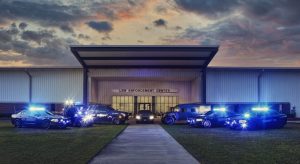
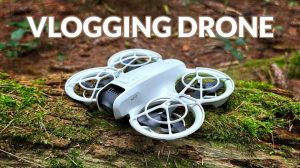

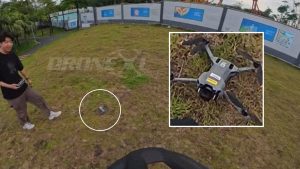
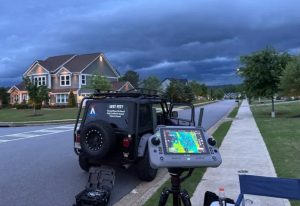
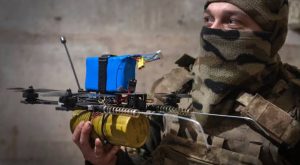
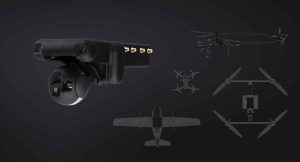
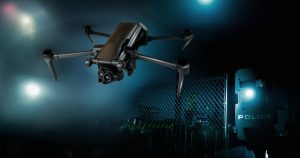
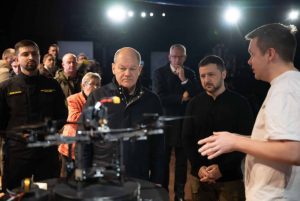
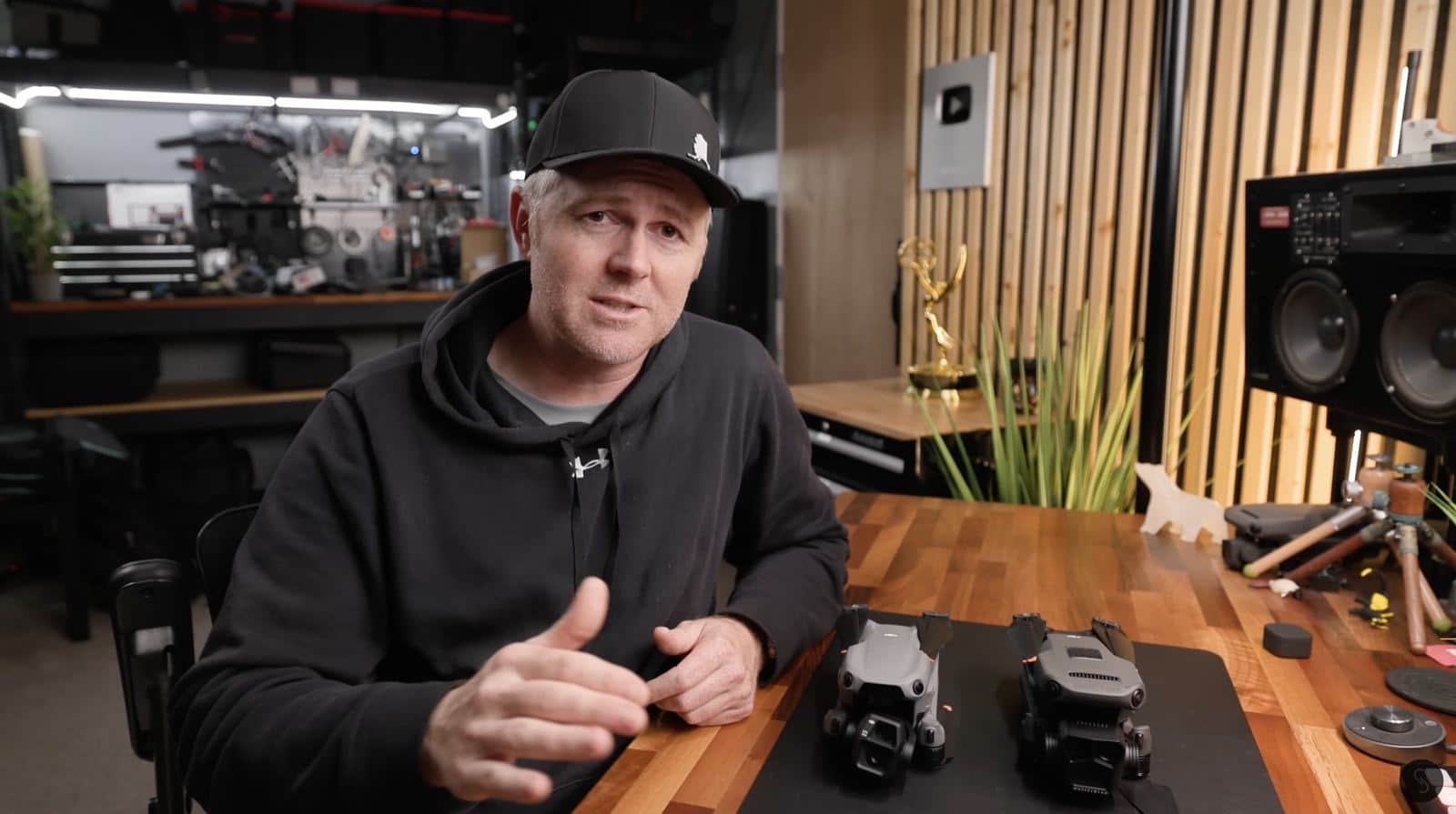

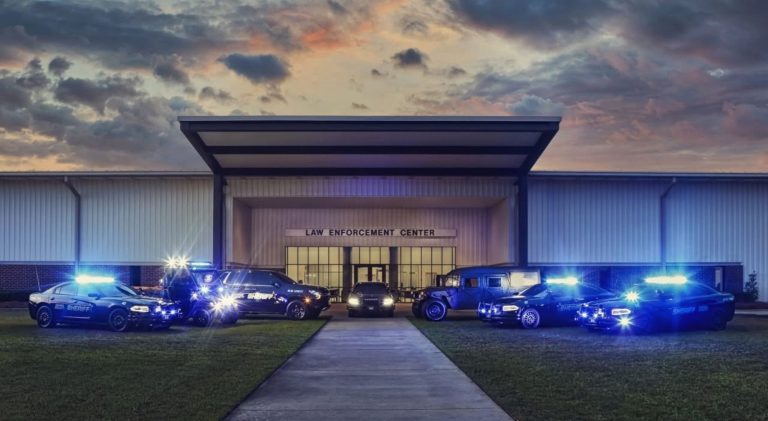
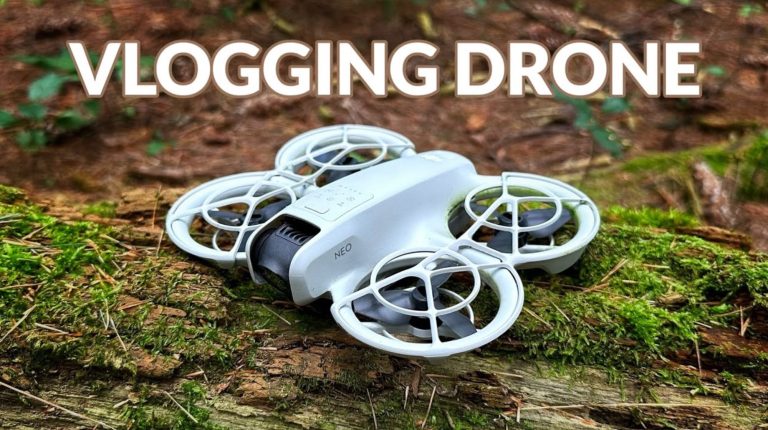

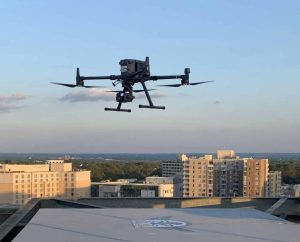
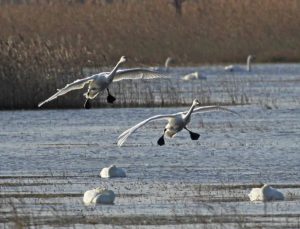
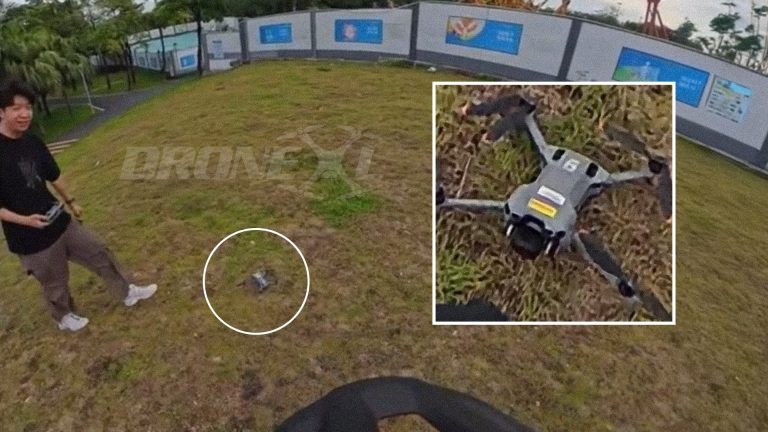

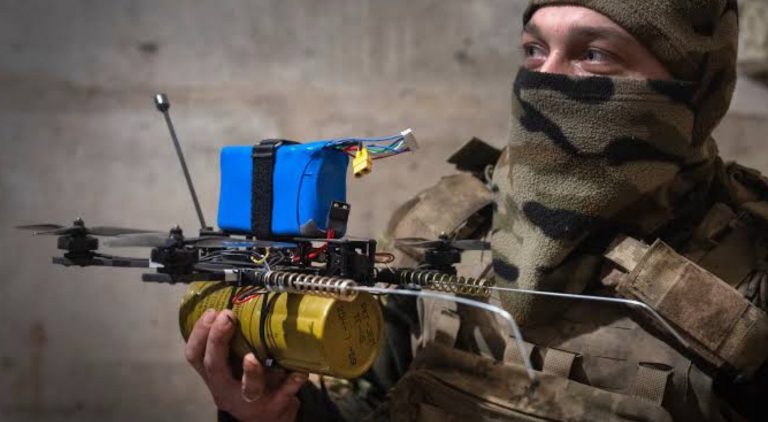
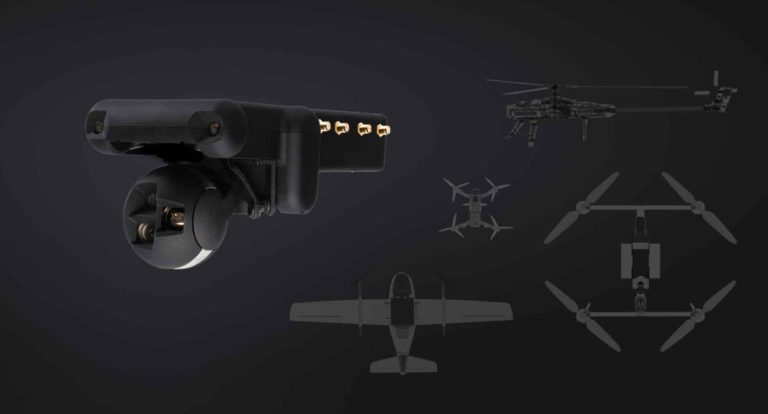
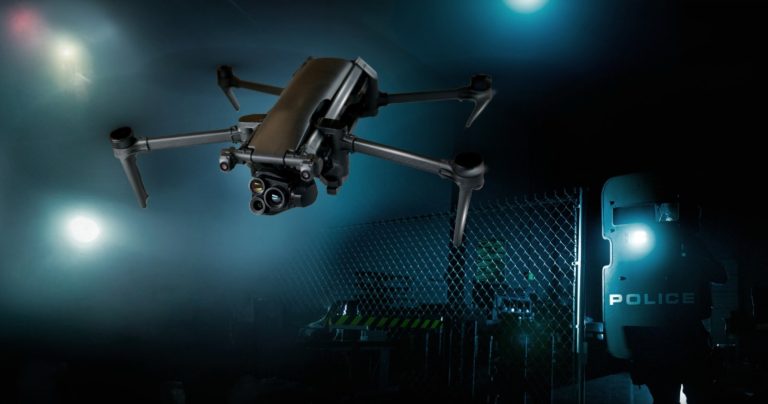
+ There are no comments
Add yours